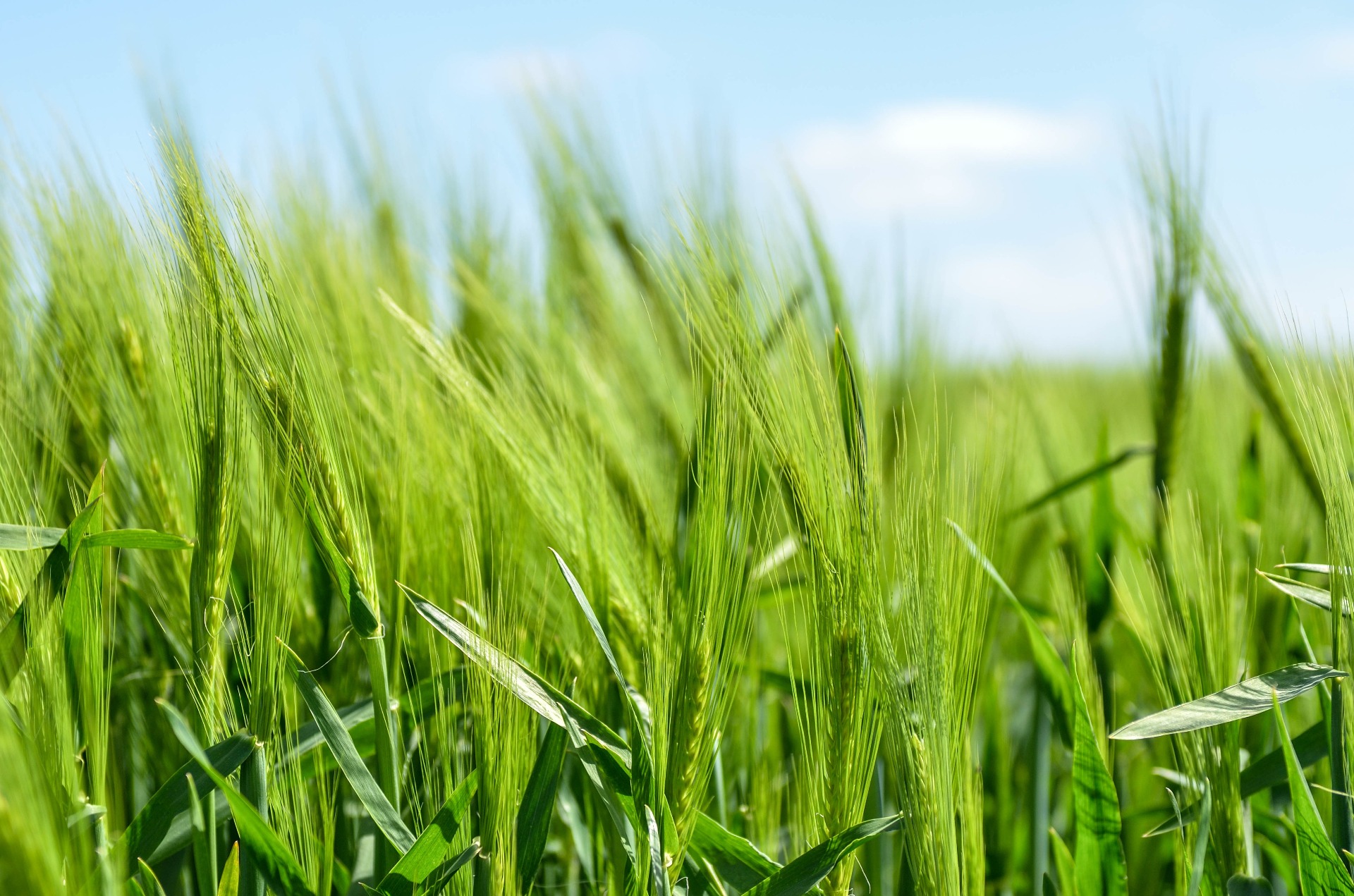Sales Funnel
A sales funnel is a marketing model that describes the journey a customer goes through from discovering a product or service to making a purchase. It is not a one-time process and it's a continuous cycle that can be used to improve the customer experience and increase conversions. The funnel is often divided into several stages, including:
Awareness:
This is the first stage of the funnel, where potential customers are made aware of a product or service through various marketing channels, such as social media, advertising, or content marketing.
Interest:
Once a potential customer is aware of a product or service, they may become interested in learning more about it. This is the stage where they may begin to research the product or service, read reviews, and compare it to similar offerings.
Desire:
As the potential customer becomes more interested in a product or service, they may develop a desire to purchase it. This is the stage where they may begin to weigh the benefits and drawbacks of the product or service and decide if it's the right fit for them.
Action:
Once the potential customer has decided to purchase a product or service, they take action by completing a purchase, signing up for a trial, or requesting more information.
Retention:
After a customer has made a purchase, it is important to keep them engaged and satisfied, so that they will continue to do business with you. This is the stage where you may offer customer service, up-sell or cross-sell related products, and encourage repeat business.
Advocacy:
The final stage is when the customer becomes an advocate for the business, promoting it through word of mouth and social proof. This is the stage where you may ask for customer testimonials, reviews and referral.

In addition to the stages of the sales funnel, there are several other important concepts to consider when developing and implementing a sales funnel strategy. Some of these include:
Lead generation:
In order for a sales funnel to be effective, you need to have a steady stream of potential customers entering the funnel. This is where lead generation comes in. Lead generation refers to the process of identifying and capturing the contact information of potential customers, such as their name, email address, and phone number.
Lead nurturing:
Once you have generated a lead, it's important to nurture that lead and keep them engaged with your brand. This can be done through email marketing, social media, and other forms of content marketing.
Calls-to-action (CTAs):
A call-to-action (CTA) is a button or link that encourages visitors to take a specific action, such as signing up for a free trial or purchasing a product. CTAs are an important part of the sales funnel, as they help to guide visitors through the funnel and increase conversions.
A/B testing:
A/B testing, also known as split testing, is a way to test different versions of a landing page or CTA to see which one performs better. This can help you optimize your sales funnel and improve conversions.
Analytics:
Finally, it is important to track and analyze the performance of your sales funnel using analytics tools like Google Analytics, or any other analytics software. This will help you understand which parts of your funnel are working well and which need improvement, so you can make data-driven decisions to optimize your sales funnel.
Segmentation:
Segmentation is the process of grouping customers based on certain characteristics, such as demographics, behavior, or purchase history. By segmenting your audience, you can create more targeted and effective marketing campaigns, which can help increase conversions.
Personalization:
Personalization is the process of tailoring your marketing messages and offers to the specific needs and interests of each individual customer. Personalization can help increase conversions by making your message more relevant and appealing to each individual customer.
Automation:
Automation can help you streamline your sales funnel and save time and resources. This can include using automation tools to send personalized emails, segment your audience, or even manage your customer service.
Lead scoring:
Lead scoring is a way to evaluate the potential value of a lead based on certain characteristics or behaviors. By assigning a score to each lead, you can prioritize your follow-up efforts and focus on the leads that are most likely to convert.
Optimization:
Optimization is the process of continually testing and refining your sales funnel to improve its performance. This can include A/B testing different landing pages, CTAs, and email campaigns, as well as analyzing data to identify areas for improvement.
Overall, a sales funnel is a powerful tool for guiding potential customers through the buying process and increasing conversions. But it's important to remember that the sales funnel is a living, breathing organism that needs to be constantly tweaked and optimized to work effectively.
